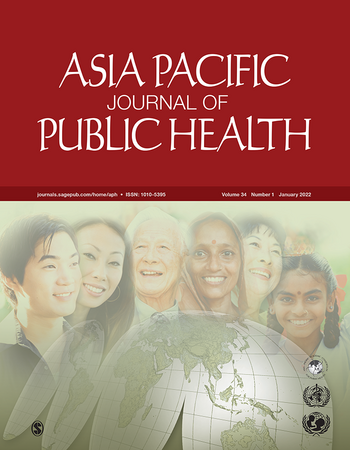Projecting Prevalence of Frailty and Dementia and the Economic Cost of Care in Japan From 2016 to 2043
Background
Dementia and frailty often accompany one another in older age, requiring complex care and resources. Available projections provide little information on their joint impact on future health-care need from different segments of society and the associated costs. Using a newly developed microsimulation model, we forecast this situation in Japan as its population ages and decreases in size.
Methods
In this microsimulation modelling study, we built a model that simulates an individual's status transition across 11 chronic diseases (including diabetes, coronary heart disease, and stroke) as well as depression, functional status, and self-reported health, by age, sex, and educational strata (less than high school, high school, and college and higher), on the basis of nationally representative health surveys and existing cohort studies. Using the simulation results, we projected the prevalence of dementia and frailty, life expectancy with these conditions, and the economic cost for formal and informal care over the period 2016–43 in the population of Japan aged 60 years and older.
Findings
Between 2016 and 2043, life expectancy at age 65 years will increase from 23·7 years to 24·9 years in women and from 18·7 years to 19·9 years in men. Years spent with dementia will decrease from 4·7 to 3·9 years in women and 2·2 to 1·4 years in men. By contrast, years spent with frailty will increase from 3·7 to 4·0 years for women and 1·9 to 2·1 for men, and across all educational groups. By 2043, approximately 29% of women aged 75 years and older with a less than high school education are estimated to have both dementia and frailty, and so will require complex care. The expected need for health care and formal long-term care is anticipated to reach costs of US$125 billion for dementia and $97 billion for frailty per annum in 2043 for the country.
Interpretation
Japan's Government and policy makers should consider the potential social challenges in caring for a sizable population of older people with frailty and dementia, and a widening disparity in the burden of those conditions by sex and by educational status. The future burden of dementia and frailty should be countered not only by curative and preventive technology innovation, but also by social policies to mitigate the health gap.
A Microsimulation Modelling Study















